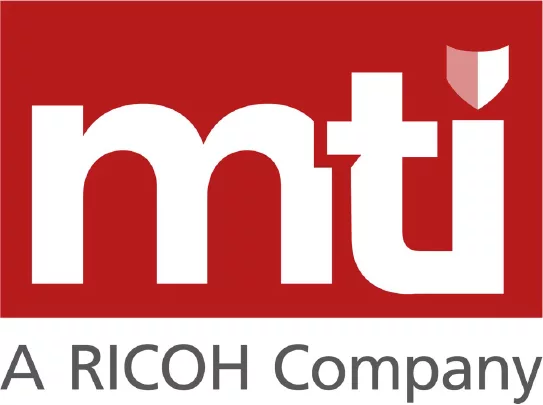If you are planning on implementing a software-defined data centre (SDDC), the software platform should be at the heart of all infrastructure decisions. This often leads to a single-vendor approach, but many organisations have reservations about relying on one vendor and believe they will have more options and more control with multiple vendors.
While working with multiple vendors may give you more options, it can also bring complexity. Managing the relationships between multiple vendors can be time-consuming and costly. It can also cause delays in setting everything up and there is no guarantee that all the components will work together as you need them to.
To help you weigh up whether an SDDC is suited to the needs and demands of your organisation, our recent article highlights three reasons why SDDC could be a good fit.
A single-vendor approach provides a more streamlined option for SDDC. One of the biggest concerns organisations have around taking a single-vendor approach when implementing SDDC is vendor lock-in. Vendor lock-in can occur when a customer exclusively relies on one vendor for products or services, and they can incur significant switching costs if they decide to change to another vendor.
Vendor lock-in is a valid concern in many instances, but SDDC is an exception to the rule. Building an SDDC focuses on the software layer, rather than the bottom hardware layer which is the focus of legacy data centres.
Given that the software layer is at the core of the SDDC and everything that follows is built around it, it’s crucial that organisations choose the right software platform from the outset. Look for a vendor that can meet most, if not all of your needs.
Once organisations have chosen their software platform this will inform their decisions around all the other infrastructure components, such as hardware, storage, networking and compute. While it may seem that mixing vendors will give you an optimal SDDC environment, it can often have the opposite effect and bring connectivity issues and complicated integrations.
Jointly engineered by Dell and VMware, VMware Cloud Foundation on VxRail is a single-vendor approach for SDDC. VMware Cloud Foundation (VCF) consisting of vSPhere, vSAN and NSX provides the abstraction layer for physical infrastructure.
Advantages of VCF on VxRail for SDDC
There are many advantages to implementing a single-vendor approach such as VCF on VxRail for your SDDC. From needing minimal support to achieving a quicker ROI and having a transparent solution.
Minimal support required
Including full stack integration, VCF on VxRail delivers streamlined operations of the entire SDDC from Day 0 through Day 2. In addition, VxRail Manager and SDDC Manager are integrated and provide automated updates using native VxRail Manager APIs orchestrated by SDDC Manager.
These unique feature integrations make it quicker and easier for organisations to support and maintain the solutions with minimal support required throughout its lifecycle.
Quicker time to ROI
As a single-vendor approach and with minimal support required, VCF on VxRail can be deployed faster than a multi-vendor solution. This helps organisations shorten their time to ROI.
For example, if your organisation forecasts a two-year ROI on SDDC, but it takes 18 months to deploy because you have opted for a multi-vendor approach and time-consuming integrations lengthen the deployment, it will take almost double the time to achieve ROI.
Choosing a SDDC solution that boasts rapid deployment is key to achieving financial goals and a quicker time to ROI.
Clear, transparent solution
Mixing vendor technologies can quickly get complex and can lead to false expectations or unpleasant surprises. Using different technology components for disparate vendors may seem like a good idea, but without sufficient testing there are no guarantees they will work well together to achieve the desired outcomes.
With a single-vendor approach such as VCF on VxRail, there are no surprises. The vendor can demonstrate exactly how each component works together to provide a clear, transparent solution that meets your expectations.
Next Steps
Before making any decisions about your IT investment it is vital that you have a clear view of how your applications are performing on your current infrastructure. Our VMware HCI Assessment will help you evaluate and quantify the opportunity for improving, optimising and reducing costs for a HCI based around the industry standard VMware platform.
MTI is a partner you can trust and we are proud to be considered by leading technology giant VMware as a top tier channel partner after being awarded the highest accreditation.
Only a limited number of Datacentre Master Services Competency accreditations are awarded in the UK and globally, showing that we are amongst the very best in the market in providing expertise to help customers with VMWare technologies.
At MTI, we look at understanding an organisation’s strategy, putting together a design, implementing this approach and then optimising the environment to ensure the customer gets the best value from their deployment and implements the best plan for SDDC
Get in touch with one of our SDDC specialists to discuss your current environment, plans and aspirations for IT modernisation as we’ll recommend ways in which we can help.

